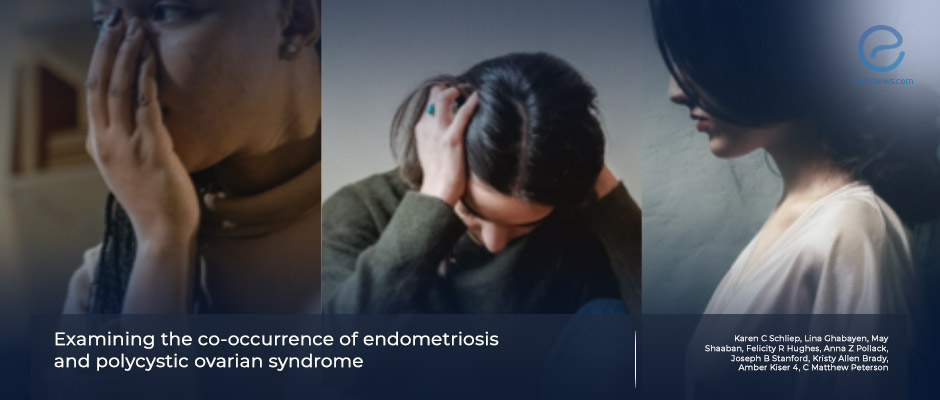The overlap of endometriosis and polycystic ovarian syndrome
Nov 2, 2023
Endometriosis patients seem to be at an increased risk of having polycystic ovarian syndrome, study shows
Key Points
Highlight:
- Two of the common diseases that cause subfertility, polycystic ovarian syndrome (PCOS) and endometriosis are shown to be overlapping in 1 in every 20 women who underwent surgery with different indications.
Importance:
- Endometriosis and PCOS have been thought to overlap, however, the true incidence has not been shown across populations.
- The probability of having subfertility and pelvic pain increases significantly when the two conditions concur.
What’s done here:
- Researchers from the USA performed a retrospective cohort study aiming to evaluate the incidence of overlap and symptomatology between PCOS and endometriosis.
- Included two cohorts were an operative cohort from the patients of the previously done ENDO study, and a population cohort.
Key results
- From the operative cohort, 35% of the patients had endometriosis alone, 9% had PCOS alone, and 5% had both endometriosis and PCOS.
- The incidences were 10%, 8%, and 2%, respectively in the population cohort.
- Patients with both endometriosis and PCOS showed a 10-fold higher probability of having subfertility.
- Patients with the overlap were suffering more from pelvic pain within the last year.
Strength and limitations
- A gold standard assessment of endometriosis among a relatively large sample of women undergoing surgery, being unique in capturing the overlapping prevalence within a population-based sample not seeking gynecologic care, and using prospective assessment are the strengths.
- The limitations include having a lack of precise diagnosis of PCOS, having a limited population from the same region, and not using biomarkers to diagnose PCOS.
Lay Summary
Polycystic ovarian syndrome (PCOS) is one of the most common causes of female subfertility similar to endometriosis. It has been hypothesized that owing to the underlying pathophysiological mechanisms, women with endometriosis are at a greater risk of having PCOS than healthy women. However, the true incidence of this overlap has only been evaluated in small clinical groups.
Schliep et al. from the USA carried out a study using an operative cohort of patients from a previous endometriosis study (the Endometriosis, Natural History, Diagnosis, and Outcomes Study - ENDO) and a population cohort from various surgical centers. They aimed to assess the incidence of overlap and the symptomatology between PCOS and endometriosis. The study was published in the August 2023 issue of the journal "AJOG Global Reports'.
The study cohort consisted of 473 women from the ENDO study and 173 women from the normal population. A baseline interview was performed on the women and information about their demographics, clinical symptoms, and reproductive history was taken. Of the patients who underwent surgery, 35% had endometriosis alone, 9% had PCOS alone, and 5% had both endometriosis and PCOS. The incidences were 10%, 8%, and 2%, respectively in the population cohort. These results show and the authors discuss that 1 in every 20 women with a newly-diagnosed endometriosis may also have PCOS. This incidence is 1 in every 50 women in the general population.
Those who had a history of subfertility showed an increased adjusted probability (about 10-fold) of having both PCOS and endometriosis, followed by endometriosis only (about 3-fold) than having neither of them. Participants who experienced pelvic pain within the last year also showed increased probabilities of having both of the conditions. It is discussed that these patients suffer more from dysmenorrhea.
The authors then state that the 2 to 5% overlap prevalence of endometriosis and PCOS in the study is the lowest reported rate, however, it is most likely to be what is expected biologically as the hypothalamic-pituitary-gonadal axis in these conditions shows opposite results.
In conclusion, it is suggested that clinicians should be aware of the possibility of this overlap, especially in patients with PCOS whose subfertility problems continue after restoration of ovulation.
Research Source: https://pubmed.ncbi.nlm.nih.gov/37663310/
endometriosis polycystic ovarian syndrome overlap subfertility pelvic pain

